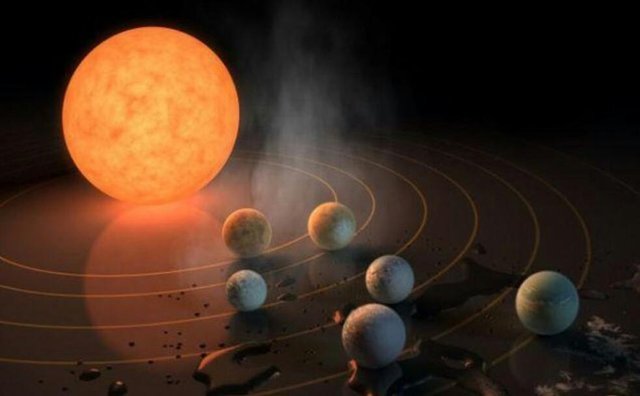
Washington DC -
Scientists around the world over the past year seem to be very busy with their science projects, ranging from getting rid of bad genes from a family lineage, finding not just one but seven Earth-sized planets around one star, digging into the dinosaur brain.
Along with Australia celebrating the National Science Week or National Science Week, a celebration of the roles and achievements of science and technology are celebrated every 12th of August 20th of each year-let's look back at the major discoveries and stories that make headlines and transform our understanding of the universe around we.
- The closest images of Planet Saturn by Cassini Aircraft
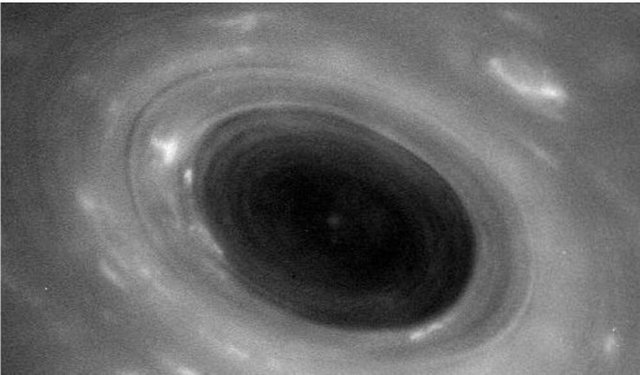
The picture taken in April 2016 shows an atmosphere on the planet saturnys from close to never before.
Supplied: NASA / JPL-Caltech / Space Science Institute
We still have to wait until September 16 before NASA's Cassini spacecraft made its ultimate mission by crashing into the planet Saturn, but in April 2016 the small spacecraft for the first time crossed the gap or the distance between the planets Saturn and its deepest rings.
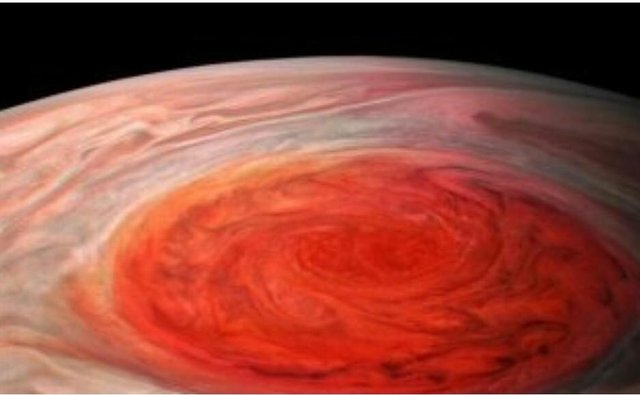
Meanwhile at Planet Jupiter - NASA Juno spacecraft managed to capture the Great Red Spot from close range.
Supplied: NASA / JPL-Caltech / SwRI / MSSS / Roman Tkachenko
Cassini managed to send back a number of images from close range of the atmosphere on the planet Saturn which shows details that have never before existed, including a giant storm that swirled.
Cassini crosses 3,000 kilometers above the peak of Saturn's highest clouds as its instruments record new information about the planet surrounded by the ring.
Meanwhile, NASA's Juno (probe) Juno Earth Probe Monitor, which orbits on the largest planet in the solar system nicknamed The Giant Gas -Jupiter-achieved the closest position to the planet ever before in a historic space mission event in Great Red Spot the planet in July 2017. Scientists are interested in knowing what lies beneath the upper layers of the Great Red Spot - a whirlwind vortex of 16,000 kilometers - including evidence of lightning on Planet Jupiter that could indicate the presence of water clouds.
- Giant icebergs are detached from the ice plates in Antarctica
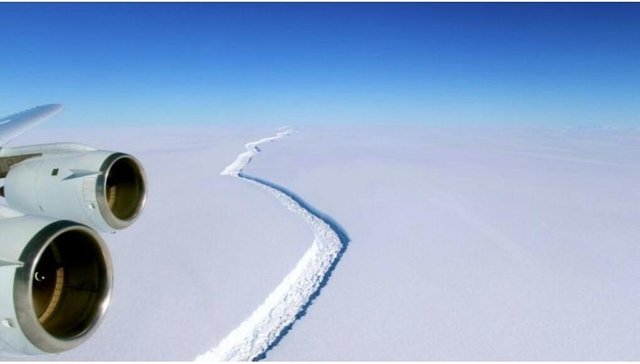
Before it was completely separated, this giant iceberg had been almost separated from the Larsen C ice sheet for several months.
Supplied: NASA
Researchers have indeed monitored the Larsen C ice plate in Antarctica for some time, but by the end of 2016 there was a crack of 18 kilometers.
And last month, the last part of the crack was separated from the Antarctic ice sheet, and led to the release of a 1 trillion ton iceberg measuring 5,800 square kilometers - one of the largest ever recorded icebergs.
The iceberg had already floated before it was released so that there was no direct impact on the sea level, but the chunk had left the Larsen C ice area reduced by more than 12 percent.
The big breaks show the dramatic acceleration of the glacier behind it.
- Human history in Australia withdrew 18 thousand years
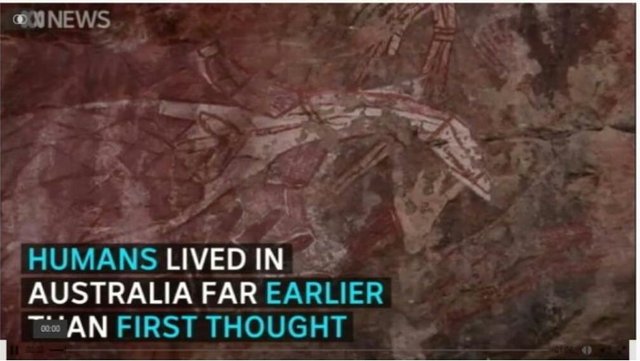
The excavation of ancient fossils and artifacts in Kakadu National Park indicates that humans reached the Australian mainland at least 65,000 years ago - earlier than 18,000 years earlier than previously thought.
ABC News
Excavations conducted at rock shelters near Kakadu National Park show that humans made it to Australia's landmass at least 65,000 years ago, 18,000 years earlier than the first estimate.
This finding is important because it helps redefine our understanding as the first human species left Africa.
Among the findings that were unearthed at the shelter was the ax with the oldest blunt edge in the world.
Separately, the researchers successfully completed the most comprehensive genomic study of Indigenous Australians ever conducted to date. The study reveals that modern humans are descended from a wave of immigrants who left Africa about 72,000 years ago.
The findings also confirm that modern Australian Aboriginal citizens are the first descendants of people living in Australia - a claim that was previously a matter of debate.
- CRISPR helps remove inherited diseases in genes
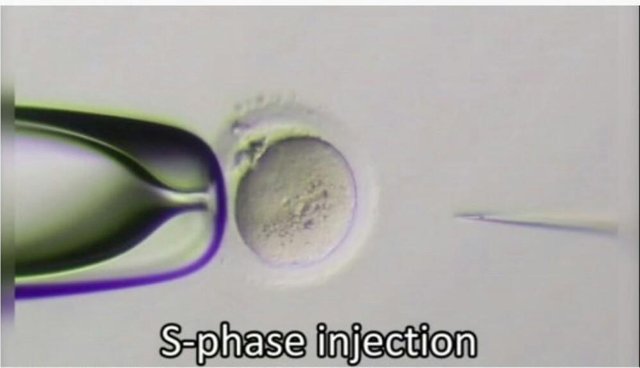
The new gene-editing device allows scientists to filter DNA from living cells - derived from plants, animals and even humans more accurately than ever.
Supplied
Until now, this achievement may have been limited to laboratory results alone, but scientists have successfully used CRISPR gene edit tools to safely correct the genes that cause disease in human embryos.
The researchers injected human eggs with sperm from patients who had congenital heart problems at the same time as they sent the programmed CRISPR sperm to find the gene and discard it.
The new technique, which focuses on this early intervention, succeeds and one day allows scientists to remove certain diseases from family lineages.
But the disorder of this gene can be controversial, with some researchers worried about undesired mutation threats.
This technique also raises ethical issues about the selection and editing of genes that can be done to create a 'designed baby' that reminds us of a Hollywood science fiction film starring Uma Thurman and Ethan Hawke entitled Gattaca.
- The remote island in the World Heritage list becomes a garbage dump

The beaches on Henderson Island, outside of South America, are estimated to contain about 37.7 million items of debris from waste debris mostly consisting of household plastic waste.
Supplied: Dr. Jennifer Lavers
A study found the beaches on Henderson Island, outside of South America, contain about 37.7 million items of debris fragments of rubbish and have the highest plastic waste density than anywhere else in the world.
This is not a scientific discovery to be proud of.
Australian researcher Dr Jennifer Lavers said she was very disappointed with her findings and called it a warning to the world that plastic pollution is as serious as humanitarian threats such as climate change.
In 2014, the world produces 311 million tons of plastic per year. Dr Lavers said the accumulation of plastic waste in Henderson Island is a plastic produced in 1.98 seconds of the world's total plastic waste production.
Henderson Island, which is listed as a world heritage site, is located in a rare sea area and is not near a cruise line or fishery, with no 5,000 kilometers of land-based major industrialized cities.
- The first findings of dinosaur brain fossils
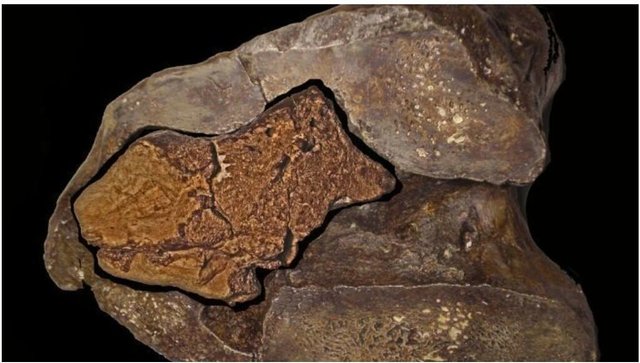
The 133-year-old brain fossil of a dinosaur species known as Iguanodon.
Supplied: Dr. David Wacey / University of Western Australia
The last year is a very memorable time for palaeontology.
By the end of 2016, scientists confirm a fossil discovered more than a decade ago actually contains a brain tissue that has become the first fossil fossil brain ever discovered.
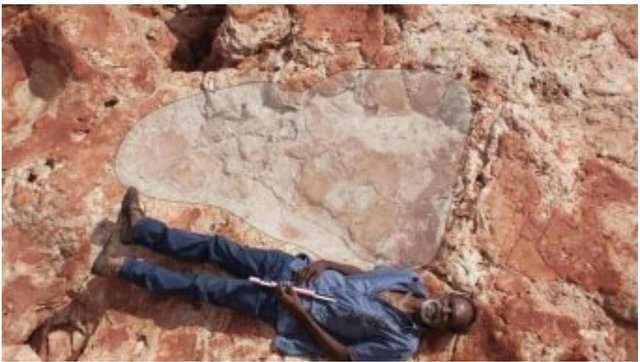
A 1.7 meter footprint found in Western Australia is the largest ever found.
Supplied: Dr. Steve Salisbury
The 133-million-year-old fossil comes from a dinosaur species known as Iguanodon, and shows a brain structure similar to the brain structure possessed by crocodiles and modern birds.
The researchers investigated the fossilized tissue under a microscope and looked at what appeared to be blood vessels from the inside of the brain.
Scientists also spent a year yesterday discovering the largest dinosaur footprint in the world, located in Western Australia and a new piece of information suggests that T.rex is not an overzealous dinosaur.
- Successful scientists create the first quantum satellite network

Quantum engagement can enable instant communication between two points, regardless of distance.
Getty Images: Nadla
Do you like if your particle is entangled? A group of Chinese scientists managed to use a quantum satellite called Micius to transmit photons that are entangled - particles of light - covering a distance of 1200 kilometers.
The two entangled particles exhibit the same properties, such as rotation, position and momentum, no matter what distance is stretched between them - meaning a change in one particle will also affect the other.
This could allow for the creation of instantly and uninterrupted communications networks that have been tried by researchers around the world.
- Findings of 8 Earth-sized planets in the Trappist-1 solar system
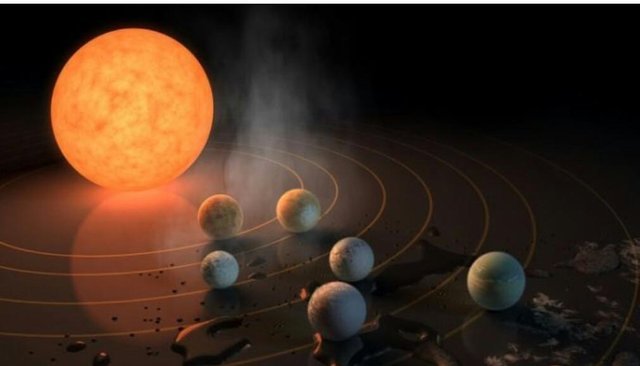
The TRAPPIST-1 solar system has 7 planets estimated to be the same size as the planet Earth and three planets in the 'Goldilocks' zone.
NASA / JPL-Caltech
Successfully finding a planet the size of the earth alone is an interesting discovery, but a solar system that is only 40 light-years away (which is practically our intercellar neighbor) turned out to be the residence of seven planets the size of the planet earth.
Three of the planets are also in a zone called Goldilocks, where the temperature range on the surface allows the presence of water liquids and possibly life.
TRAPPIST-1 is an ultra-cool star the size of the planet Jupiter in the constellation of Aquarius and close enough that scientists can do detailed research on it.
Meanwhile, in April, Australian scientists made little of their accomplishments by successfully identifying four new planets in our solar system while performing live star observations on ABC.
- The first baby is born from 3 parents

US doctor, Dr John Zhang, conducted a controversial procedure in Mexico.
New Hope Fertility Center
In an attempt to avoid congenital abnormalities that have killed two children before, some doctors eventually combine the cell nucleus of DNA (nuclear DNA) with mitochondria (maternal DNA) from an egg donor, which is then fertilized with his father's sperm,
This is the first attempt in the world to use a controversial three-parent technique, first reported in New Scientist magazine.
These Jordanian parents signed up to get help from doctors in the US and were flown to Mexico to undergo this procedure because the fertilization techniques of these 3 parents were not approved in the US.
Some experts criticized the announcement of this experiment conducted through a report in the magazine rather than revealed in a journal reviewed by scientists, saying more research needs to be done to understand the research.
- Life begins 220 million years earlier than expected
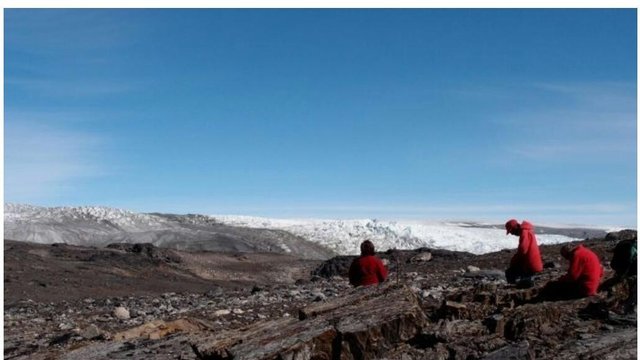
The 3.7-billion-year-old fossil was found in an open layer of rock in Greenland. |
Supplied: Allen Nutman
A team of researchers led by Australian scientists managed to find a 3.7 billion-year-old fossil in Greenland. This finding reverses the early proof of life that has so far been generally accepted at least 220 million years ago.
Rocks that have recently been exposed due to increased melting of snow show a layer of fossilized bacterial communities, known as stromatolites.
The research team then used sophisticated techniques to determine the age of the stone layers above and below the fossil, which revealed that the stromatolites were aged 3.71 to 3.695 billion years old.

(nvc / nvc)